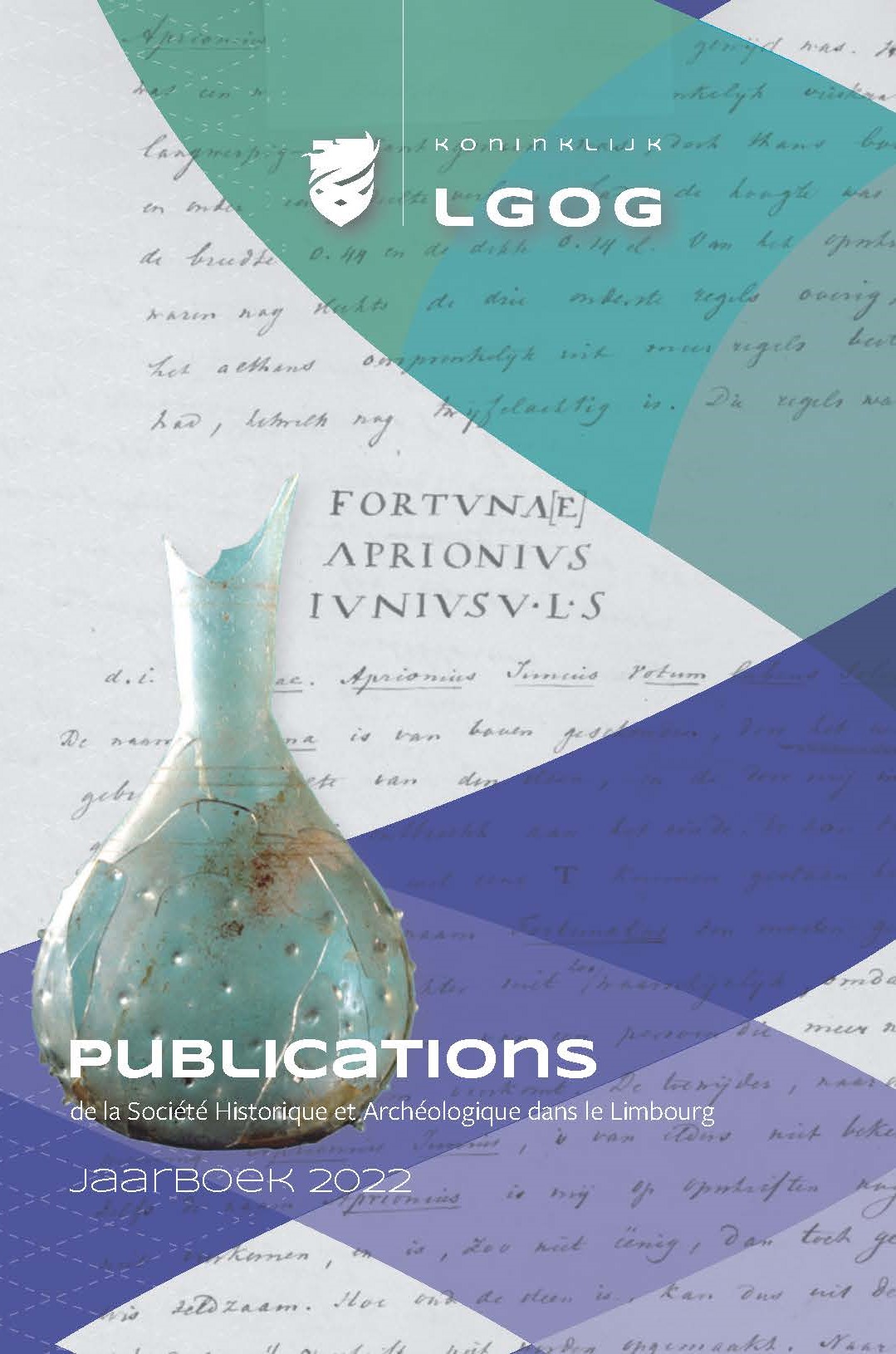De Romeinse villa van Voerendaal en andere sporen van 6000 jaar bewoning
Samenvatting
The remains of a Roman villa at Voerendaal-Ten Hove were investigated three times between 1892 and 1987. The villa is one of the rare completely excavated examples in the Netherlands. A recent full analysis and publication resulted in a modified view of the habitation history.
A deep V-shaped ditch surrounded a Late Iron Age enclosure of two acres. Three associated buildings belong to a hitherto unknown type. The defended site must have been inhabited by a local elite. Probably abandoned around 100 BC, it was no direct predecessor of the villa.
Around AD 25 there was at least one post-built farm, followed by a remarkable ‘proto-villa’ with a cellar and possibly a portico. During the Flavian period a small villa and wooden outbuildings were constructed; all were replaced after AD 125. A new modest villa got its a monumental appearance from a 130 m long portico and symmetrical positioning of its stone outbuildings. A separately demarcated pars urbana consisted of the main building, a large horreum and baths (supplied with water by an aqueduct). One wonders if the yields from the villa were sufficient to cover all the expenses of its owner.
The complex was partly destroyed after AD 250, but a tower-granary and two graves reflect a continuing ‘Roman’ occupation until AD 325. Fifty years later a hamlet of post-built farms was founded. It can be characterized as a ‘Germanic settlement’, although the ethnic label as such is inadequate. During the Merovingian period, the local farmerwarriors were buried in the remains of a Roman outbuilding.
Downloads
Downloads
Gepubliceerd
Nummer
Sectie
Licentie

Dit werk wordt verdeeld onder een Naamsvermelding 4.0 Internationaal licentie.
Auteurs behouden het volledige auteursrecht op hun werk en verlenen het tijdschrift het recht van eerste publicatie. Artikelen worden verspreid onder de voorwaarden van de Creative Commons Naamsvermelding 4.0 Internationaal (CC BY 4.0).



